3DCoat is an advanced 3D creation suite for creating and painting 3D models (available in 70 languages), specializing in such 3D technologies: voxel and polygonal Sculpting , Concept Art Making, various types of Retopology (automatic, manual, and smart with the curves), UV Editing and UV mapping (manually and automatically here and here ), Hand-painting and PBR Texture Painting, Lowpoly modeling, Rendering, Photogrammetry with help of Reality Capture (easy scans cleaning) and has free PBR Library. Only 3DCoat offers the unique in the industry true volumetric painting feature, allowing you to paint a volume and create a 3D texture by adding color to voxels.
Where other applications in this market segment tend to specialize in one specific task, such as Digital Sculpting or Texture Painting, 3DCoat provides a unified pipeline for asset creation and 3D visualizations such as still images.
For instance, you can make a comparative analysis of 3DCoat with other applications by entering “3DCoat vs Zbrush” or “3DCoat vs Substance Painter” in the Google search bar – Google Gemini will give you that analysis. Similarly, you can make an analysis of “3DCoat vs Blender” using ChatGPT.
Additionally, you can create a comparative table using ChatGPT: “3DCoat vs Blender vs ZBrush vs Substance Painter”.
As a result, considering the breadth of pipeline coverage, 3DCoat can be regarded in some sense as the optimum golden mean between Blender, ZBrush, and Substance Painter, offering comprehensive professional capabilities in sculpting, retopology, UV editing, texturing, and photogrammetry with the help of RealityCapture.
Thus, it covers the entire cycle (sculpt → retopo → UV → PBR texturing → export) and in each of these areas, it has no critical failures – everything is at a level suitable for production.
Here is the approximate picture that ChatGPT gave concerning 3DCoat as a golden mean:

Alternatively, 3DCoat can be a valuable and perfect companion for any of the tools mentioned above.
To learn 3DCoat, you can start with AntonTenitsky’s free Intro to 3DCoat playlist.
We also strongly recommend Anton’s Training Course for Beginners, “Intro to 3DCoat: From Noob to Cook”. It’s a great way to learn the basic techniques and get started with 3DCoat. It contains 153 short videos, 1-3 minutes per tool (nearly 8 hours). It makes navigation and studying convenient.
The course is designed to guide you through the fundamental features of 3DCoat, covering key topics like sculpting, manual and auto-retopology, UV mapping, baking texturing, and rendering. The tutorial also bridges the workflow between 3DCoat and Blender, showing how to set up scenes and create camera animations for professional-quality presentations. For those interested in obtaining the course, we have a Special Offer: use the promo code 3DCOAT30 to get a 30% discount. (Note: Gumroad automatically proposes you to leave a tip. However, it’s optional, and you can adjust/remove it before making your payment.)
Videos of latest releases (YouTube channel is here)
Main Technologies Inside 3DCoat:
Texturing (hand-painting and PBR)
- MicroVertex, Per Pixel or Ptex Painting, and Polypaint approaches.
- Realtime Physically Based Rendering viewport with HDRL
- Smart Materials with easy set-up options
- Multiple Paint Layers. Popular blending modes and Layer groups.
- Tight interaction with Photoshop.
- Texture size up to 16k.
- Fast Ambient Occlusion and Curvature map calculation.
- Rich toolset for all kinds of painting tasks, and more…
- PBR texturing is described here
- Hand painting is described in this article
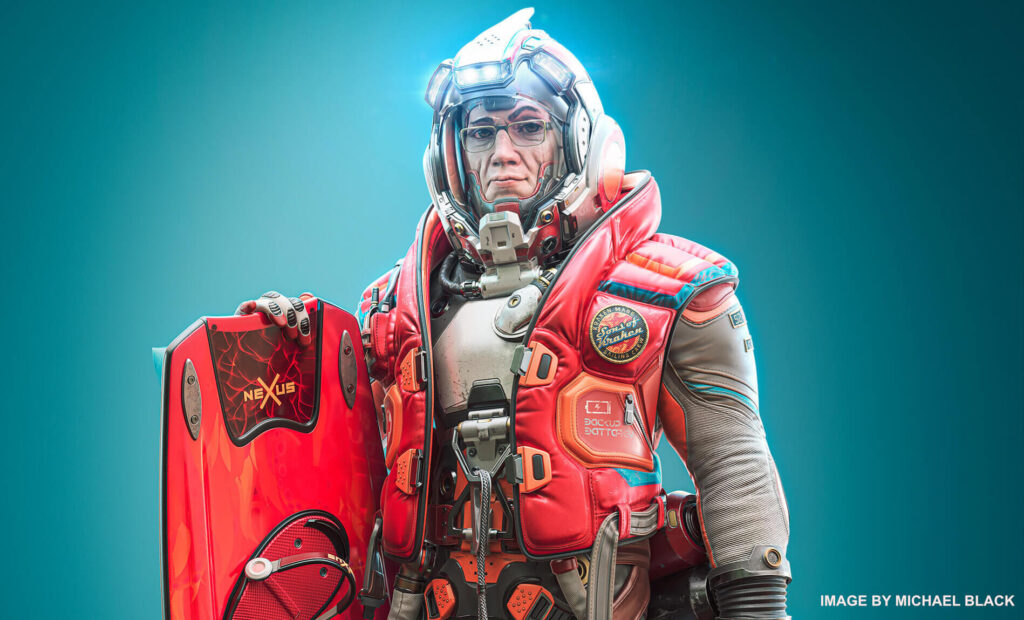
Digital Sculpting (voxels and surface)
- Voxel sculpting with no topological constraints
- Complex boolean operations
- Vox hide feature
- Live booleans
- Soft booleans
- Dozens of fast and fluid sculpting brushes
- Adaptive dynamic tesselation
- Dozens of fast and fluid sculpting brushes
- More about digital sculpting in this article、
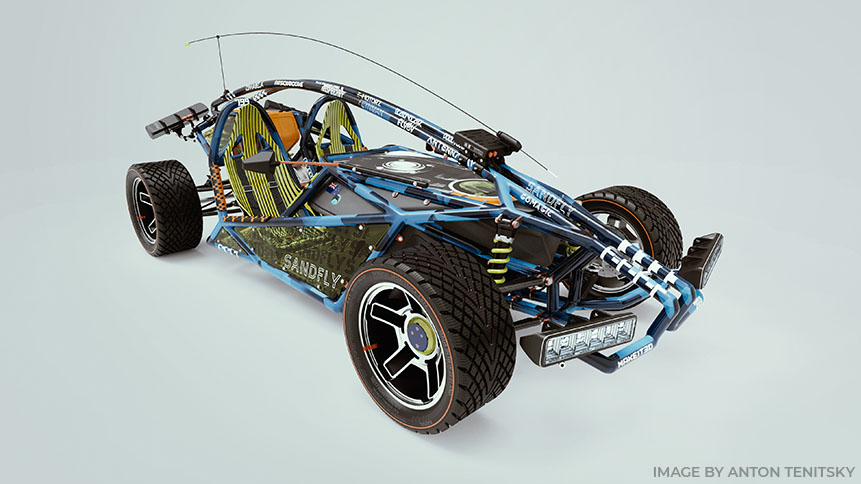
Modeling
- Classic polygonal modeling is fully supported.
- Move, Rotate, Scale, Extrude, Inset, and other popular instruments.
- Full 3d production pipeline became even easier.
- Splines and Joints – cool way for fast modeling.
- Kitbash Room is specially designed to perform fast dressing of complex scenes.
- Use the extensive existing model library, or create your own.
- Extensive library of primitives.
- Basic Principles Of Low Poly Modeling
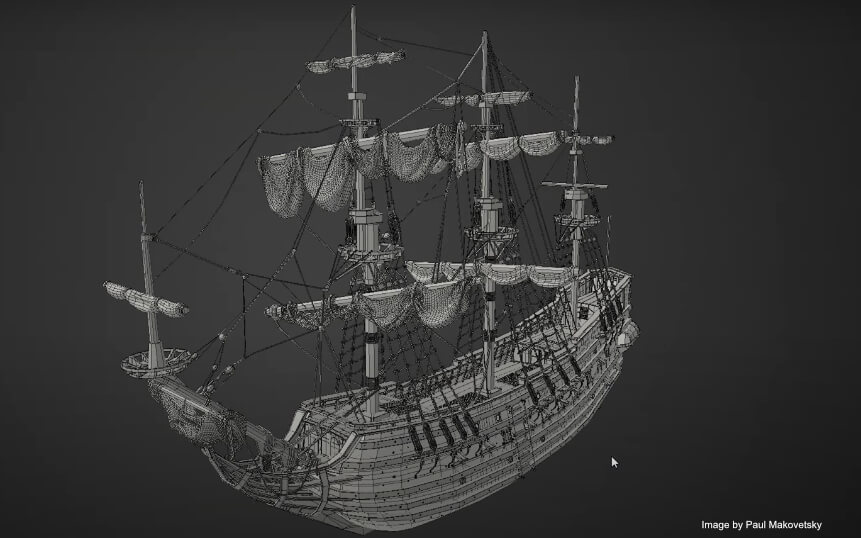
Retopology Tools
- Auto-retopology (AUTOPO) with user-defined edge loops.
- Retopology by decimation.
- Auto Retopology with Instant Meshes addon.
- Fast and easy-to-use Manual Retopo tools.
- Smart Retopology toolset
- Possibility to import reference mesh for retopology
- Use your current low-poly mesh as your retopo mesh.
- Retopo groups with color palettes for better management.
- Advanced baking settings dialog.
- Library of Retopo models.
- See more…
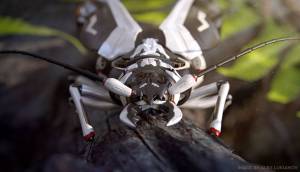
UV Mapping
- Professional toolset for creating and editing UV-sets
- Auto UV mapping
- Udim Support.
- Native Global Uniform (GU) unwrapping algorithm
- Multiple UV-sets support and management
- Support ABF, LSCM, and Planar unwrapping algorithms
- Individual islands tweaking
- Several checkers views
- More about UV mapping you can read in this article
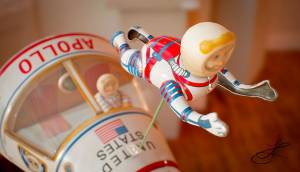
Rendering
- Physically Based Rendering.
- High Dynamic Range Lighting.
- Screen Space Reflections and Lights.
- Renderman support.
- Multiple colored lights.
- Render passes.
- DOF and other effects.
- Node editor for Environment and Post Effects
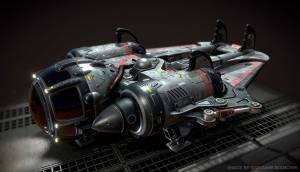
Concept art making
- 3DCoat really shines when making Concept Arts.
- With Voxels technology, you don’t need to worry about any technical aspects.
- Turn your ideas into a great concept in no time
Everything starts with a Concept!
It is very convenient now to use 3d software in concept art production pipeline.
Usually it starts with a rough or detail 3d blocks, separate 3d objects or even complete 3d scenes with later paintover in Photoshop or other 2d image editor.
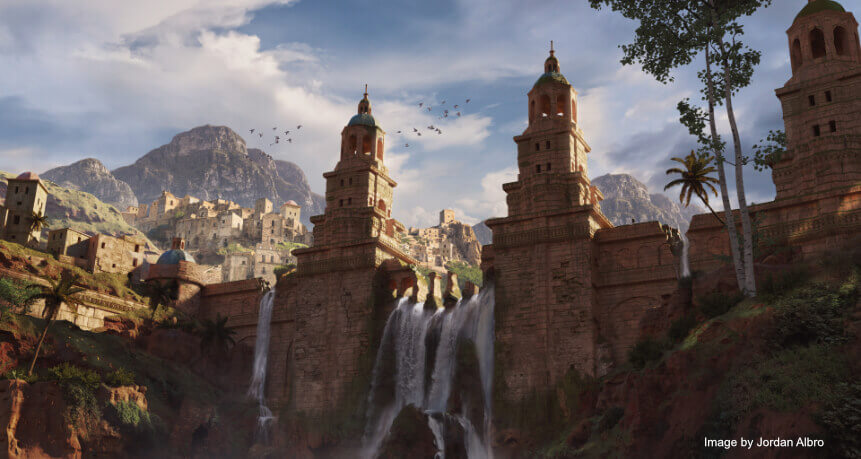
3DCoat Tutorials
Find more tutorial videos on our YouTube channel
 Dansk
Dansk  English
English Українська
Українська Español
Español Deutsch
Deutsch Français
Français 日本語
日本語 Русский
Русский 한국어
한국어 Polski
Polski 中文 (中国)
中文 (中国) Português
Português Italiano
Italiano Suomi
Suomi Svenska
Svenska 中文 (台灣)
中文 (台灣) Slovenčina
Slovenčina Türkçe
Türkçe Nederlands
Nederlands Magyar
Magyar ไทย
ไทย हिन्दी
हिन्दी Ελληνικά
Ελληνικά Tiếng Việt
Tiếng Việt Lietuviškai
Lietuviškai Latviešu valoda
Latviešu valoda Eesti
Eesti Čeština
Čeština Română
Română Norsk Bokmål
Norsk Bokmål